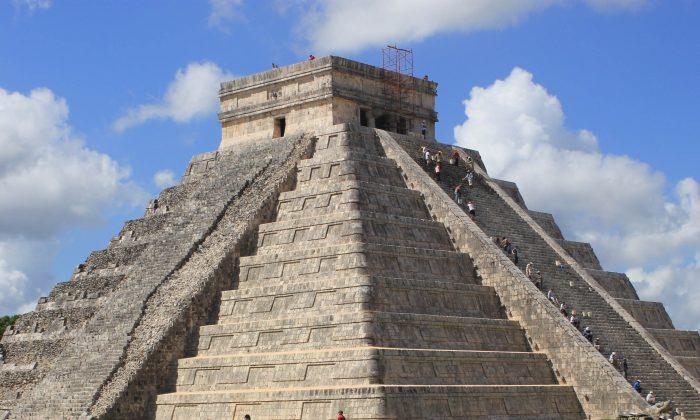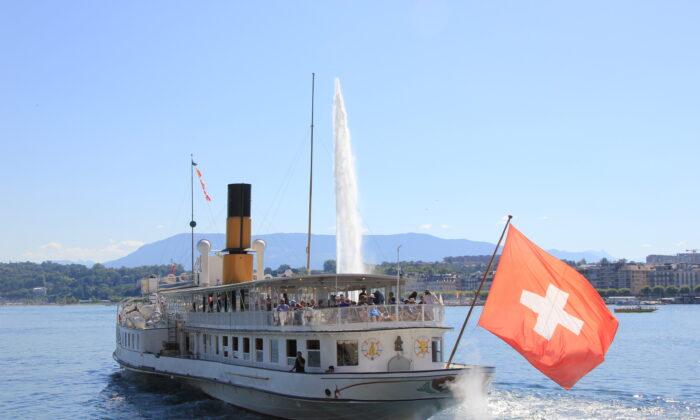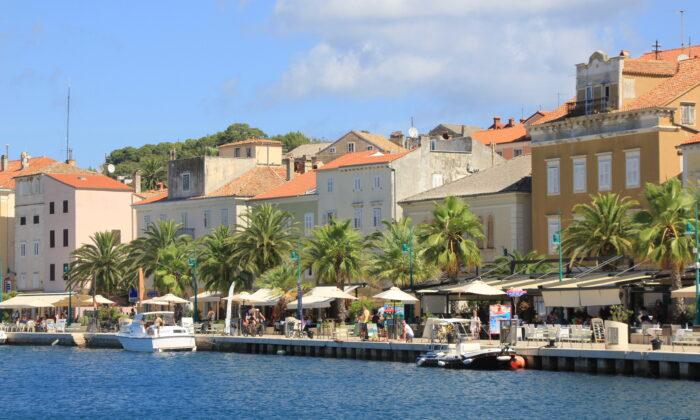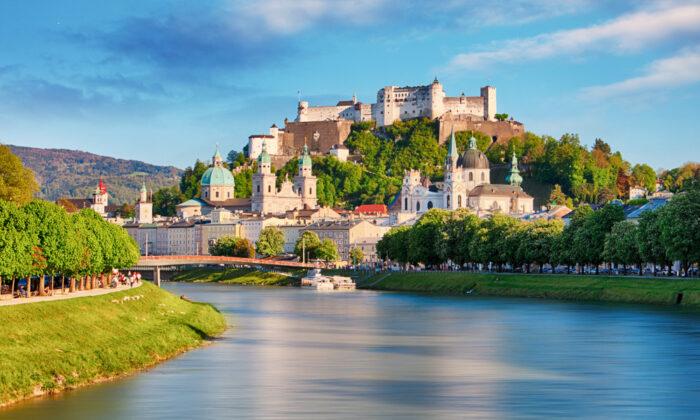When it comes to choosing a vacation destination, I am inevitably drawn to places filled with history, culture, and beauty. I have seen the gladiators’ arena in the Coliseum in Rome; I stood where the Colossus of Rhodes towered over the Greek island; I have walked amongst the shrines and temples in Kyoto, Japan; and this time I was set to discover the traces of the Mayan culture on the Yucatán Peninsula in Mexico.
After a short four-hour flight from New York, I arrived around noon at Cancun Airport where the thermometer showed a warm 82 degrees Fahrenheit. While Cancun is the tourist center of the Mexican state of Quintana Roo, I opted to stay in the much smaller Playa del Carmen. After making my way to the public bus area, the next scheduled transport arrived within 15 minutes.
Thanks to the Internet, I had found and rented a small apartment for a week from Helene and Victor, a French-Mexican couple in a local neighborhood, just a couple of blocks off the main tourist area in Playa del Carmen. After a day of strolling the streets of town, and going for a swim and snorkel to cool off in the turquoise blue water, I had a good night’s sleep before getting ready for my days of Mayan adventure in Tulum, Chichén Itzá, and Ek’Balam.
While bus tours are available daily and with various operators, I chose to rent a car on Playa del Carmen’s main shopping street, 5th Avenue, to visit all three sites during the week of my stay. Only 40 miles to the south, Tulum was my first destination.
This ancient Mayan fortress is arguably one of the most picturesque archeological sites in the Riviera Maya and the only one perched on a cliff overlooking the ocean. The parking lot was located a 10-minute flat walk away, but before I set foot into Tulum, my eye caught sight of a creature I would come across here many times—the Black Spiny Tailed Iguana. Relaxing in the sun and without any fear of humans, this relative of ancient dragons lived a life of eating, sun bathing, and bobbing its head in communication.
Tulum means “wall” in the Mayan language. Access to the 60 or so structures of the complex is through various holes in the fortification, which measures 1,246 feet in length, 656 feet in width and 20 feet in height. Navigating the complex was easy as an expansive walkway extended around the ruins. Even though it was a busy day, visitors spread out in a space, which used to be home to about 10,000 Mayans in the past.
Unlike other cities, the pyramids of Tulum are small and the most recognizable building is the cliff-top El Castillo. Even though the building was not accessible to the public, its location on the site’s highest point, decorations, and architecture comprising different levels left no doubt that this was the center of the ancient city.
The first view of the Temple of Kukulcan, also known as El Castillo, was awe-inspiring and made me feel small and insignificant. The nearly 100-foot-high pyramid counts 91 steps on each of the temple’s four sites, and the top platform makes the 365th—one step for each day of the year. I was told that during the fall and spring equinoxes a fascinating display of mathematical and archeological advancement could be observed—a shadow falls on the pyramid in the shape of a serpent. As the sun sets, this shadowy snake descends the steps to eventually join a stone serpent head at the base of the great staircase up the pyramid’s side.
Throughout the whole complex, I was amazed at how well preserved sculpted decorations were on the buildings— depicting mostly battle scenes. Warriors and serpents, present on columns and substructures, were easily made out everywhere.
The stepped pyramids, temples, columned arcades, and other stone structures such as the astronomical Observatory and imposing Temple of Warriors, made it impossible to look at every single detail in Chichén Itzá. I spent a few hours here and could have easily spent double the amount of time, but I wanted to see the next Mayan structure before leaving the thick jungle and heading back to civilization.
Of the three sites I endeavored to see, Ek’Balam was the least known, but I came based on a personal recommendation from my local host, who had promised me carved statues of unrivaled beauty—and I was not going to be disappointed.
I arrived at around 3:30 pm (it is about 32 miles north of Valladolid). Ek’Balam is barely visited, so the late hour meant that only another 20 or so visitors strolled around the site leaving this ancient place pretty much to myself.
Ek’Balam is Mayan for “Black Jaguar” and the city’s importance was evident in the monumental buildings. But only a few principal ones have been excavated and restored so far, and it felt as if the surrounding wilderness had not given up all its secrets yet.
The domineering feature of Ek’Balam is El Torre, The Tower, one of the largest Mayan structures in the Yucatán. It measures over 500 feet long, 200 feet wide, and reaches 100 feet in the air. To my great delight, it was permitted to ascend the pyramid and when overlooking the Mexican jungle I marveled at the idea that this must have been the same view the ancient Mayans enjoyed some 1,000 years ago.
On the way down, I saved the best for last: the exquisite stucco wall making up the opening of the tomb of the ruler of Ek’Balam. The doorway itself was carved in the shape of a jaguar’s mouth and full figure statues were so well preserved that I could see the braids in their hair and patterns in their clothing. A thatched roof protected the ensemble for more generations to see.
My week of Mayan discovery passed in the blink of an eye. I felt humble to have been able to see these amazing structures, in awe of the great civilization that once inhabited them. I also sensed that there was still so much more to discover. Though my vacation had come to its end, I made a promise to myself to come back to Mexico soon.






Friends Read Free